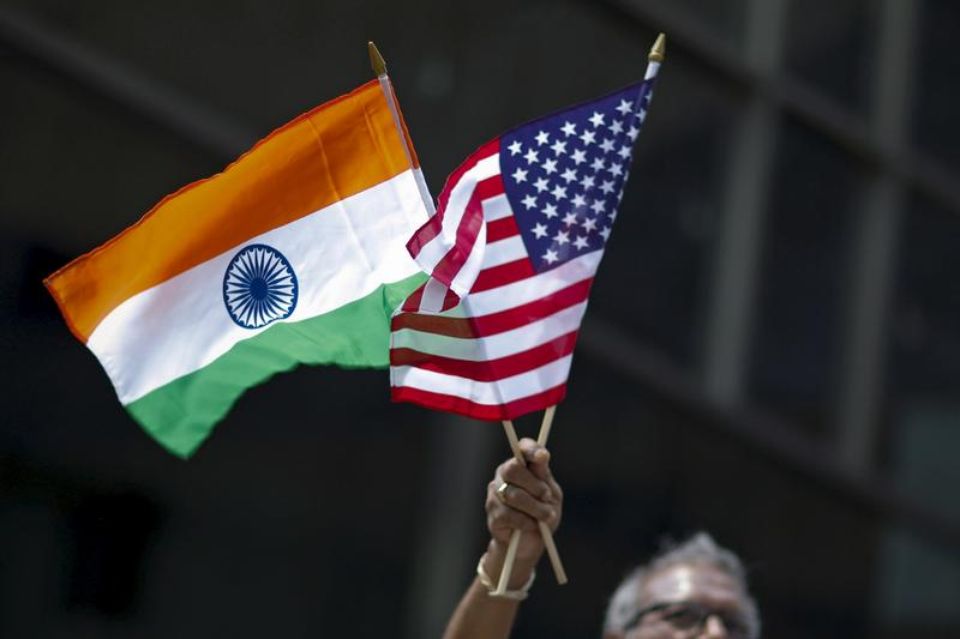Food, Nuclear – what next?
June 26, 2017 | Expert Insights

In 2016, Nicholas Burns, a professor at Harvard University and former U.S. undersecretary of state for political affairs from 2005 to 2008 noted that any future president of America ought to maintain strong relations with India. He wrote that the Indian-US relationship “carefully engineered by the past three presidents, is arguably one of the most important U.S. foreign policy advances in decades.”
For decades India has pursued a relationship with the US where it has looked to the superpower to help it address some of the most pertinent issues it was facing starting from national security to its economy. And as Modi and Trump meet to write the next chapter of the India-US relations, what will India be seeking and will the US be a willing participant?
What India sought for in the past
Right after India got independence, it had to deal with multiple issues plaguing the fledgling nation. One of the biggest problems at the time was food security for its population. Thanks to frequent famines, a significant portion of the population was either suffering from malnutrition or it was starving. A report in 1966 noted that at that time at least 30 million people in the country were facing dire distress in getting food. India had to feed its population by importing food to its shores and even then it was “ship to mouth.” America played a role in providing aid through money and through food during this tough period in Indian history. It was ultimately an American scientist named Norman Borlaug who helped kick-start the Indian Green Revolution by introducing Indian farmers and scientists to the “dwarf wheat” he had developed.
And while there are problems till today about ensuring food for everyone and there have been problems arising from the Green Revolution itself, at that time India became self-sustainable and that was an achievement.
The 123 Agreement
In its later years, India sought support from US to openly harness nuclear power to address its energy needs. This it achieved to varying affect. While India did not sign the Non Proliferation Treaty, it relied heavily on US’ influence as a world leader to gain access into the exclusive “nuclear” club in the world. For a while it seemed impossible as the US imposed sanctions in India for conducting nuclear tests in 1998 (it would later lift those sanctions in 2000). But in 2005, during a visit to the US, the then Prime Minister Manmohan Singh was able to eke out the India-US nuclear deal called the 123 Agreement. The deal at the time, was historic. Under this deal, the US promised to roll back India’s nuclear weapons program and will allow for nuclear cooperation between the two countries and India will support global non-proliferation regime without signing the NPT and it will separate its military nuclear program with its civilian programs.
But for a decade, this deal remained just that – a deal. Despite all the pageantry, Delhi hadn’t bought even one US atomic power reactor between 2005 and 2015. But in 2015, Modi and Obama worked together in addressing the issues that were causing the hold-up in the deal and claimed a “breakthrough”. However the deal is still a lot way to go.
Analysis
As India looks to the future of its engagement with the US, it must assess its present. India is one of the unique countries which enjoys bilateral support in America. However, real politic presence reflects a different reality. For example, the US would want Indian military forces in Afghanistan but it would be not be in India’s strategic interests and hence US might find Pakistan a more suitable ally. Or in the case of China where India would prefer to pursue an independent foreign policy and not to be seen a hedge to counter US’ perceived threat of China.
Assessment
Our assessment is that the next transformational change that India ought to seek from the US should go beyond military engagement and security deals between the nations. India can look to US research institutes to help it access leading technologies in the areas of food production, affordable healthcare, clean energy, education and water. With the access to the right technology and the know-how, India can truly transform itself from a nation with promise into one of the most robust examples for democracies across the world.








Comments